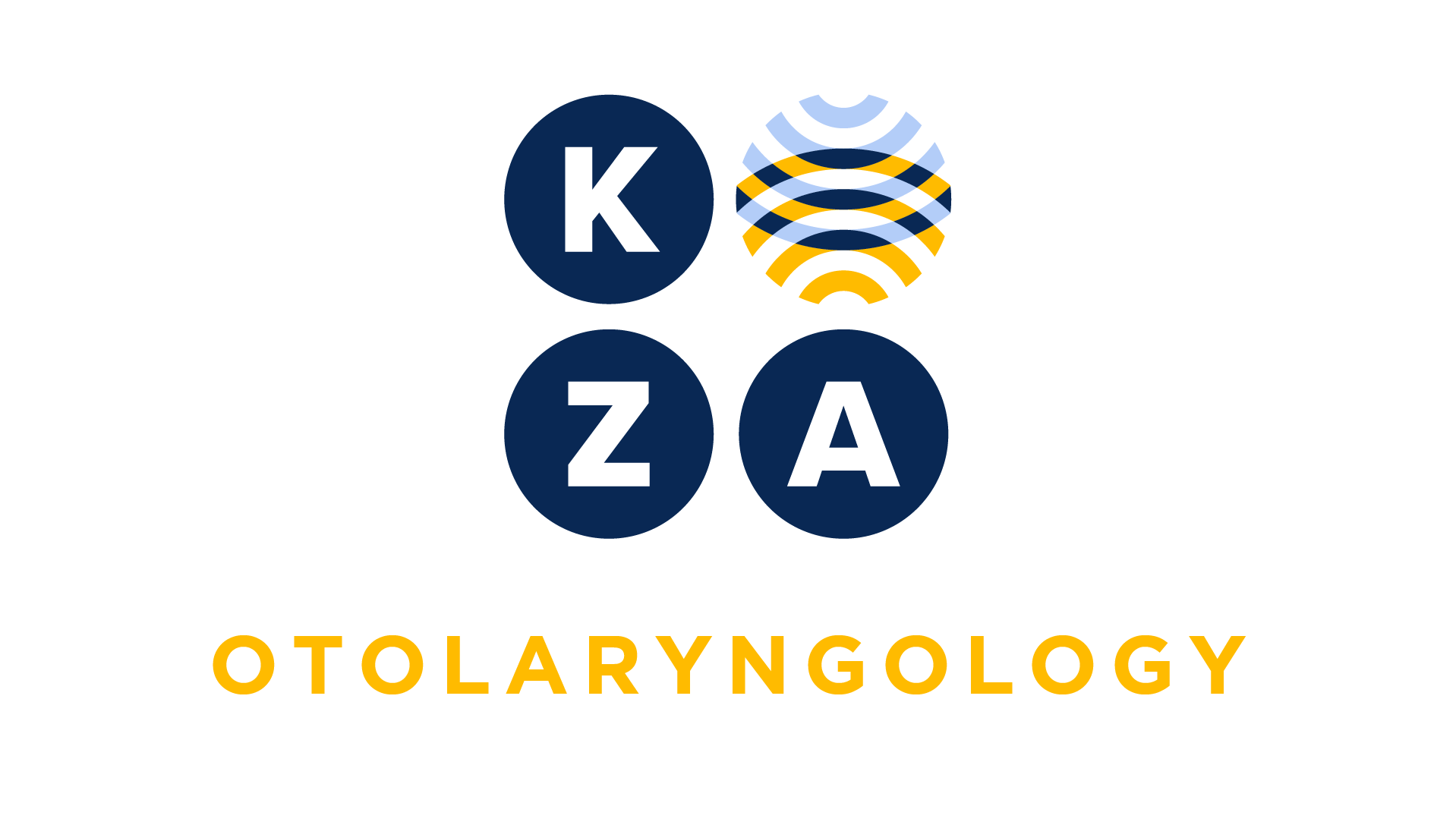
Choose your specialty from the list below to see how our experts have tackled a wide range of client questions.
Looking for something specific? Utilize our search feature by typing in a key word!
Thoracic Calcified Disc
The documentation indicates a costovertebral approach and rib removal to access and dissect a calcified thoracic disc at T9-T10. How is this coded? And can the rib removal be reported separately?
Question:
The documentation indicates a costovertebral approach and rib removal to access and dissect a calcified thoracic disc at T9-T10. How is this coded? And can the rib removal be reported separately?
Answer:
This is most likely coded as 63064, Costovertebral approach with decompression of spinal cord or nerve root(s) (eg, herniated intervertebral disc), thoracic; single segment. The rib removal is included. A costotranversectomy for the rib removal, is included and not separately reported.
*This response is based on the best information available as of 5/22/25.
Septoplasty with a Nasal Swell Body Reduction
I performed a Septoplasty for a patient with a deviated nasal septum. During the procedure, I also performed a nasal swell body reduction on the septal mucosa. My coder told me I could report 30520 for the Septoplasty but I could not report the lesion excision with 30117. I don’t understand why I cannot report both codes together. Can you advise?
Question:
I performed a Septoplasty for a patient with a deviated nasal septum. During the procedure, I also performed a nasal swell body reduction on the septal mucosa. My coder told me I could report 30520 for the Septoplasty but I could not report the lesion excision with 30117. I don’t understand why I cannot report both codes together. Can you advise?
Answer:
Your coder is correct. According to CPT Assistant (6/19), it is not appropriate to report code 30117, excision or destruction (e.g., laser), intranasal lesion, internal approach, separately. The procedure described in code 30117 is included in code 30520, Septoplasty or submucous resection, with or without cartilage scoring, contouring or replacement with graft, and should not be reported separately.
*This response is based on the best information available as of 5/22/25.
13160 in Addition to Tendon Repair?
We have a patient who sustained a laceration that was repaired in an emergency room. The patient now presents to our plastic hand surgeon to repair a lacerated tendon. The previously closed wound is opened, and the tendon repair is performed. Would it be appropriate to report 13160 in addition to the tendon repair CPT?
Question:
We have a patient who sustained a laceration that was repaired in an emergency room. The patient now presents to our plastic hand surgeon to repair a lacerated tendon. The previously closed wound is opened, and the tendon repair is performed. Would it be appropriate to report 13160 in addition to the tendon repair CPT?
Answer:
No – an opening and closure are inherent in the tendon repair.
In this scenario, it would not be appropriate to report CPT 13160 in addition to the tendon repair – closure is inclusive.
*This response is based on the best information available as of 5/22/25.
First Patient Encounter
I saw a new patient in the outpatient clinic several weeks ago. Now, the patient has been admitted to the hospital. The admitting physician has asked me to see the patient again for that same condition. This is my first time seeing them in the hospital for an inpatient visit. What EM code do I bill for this visit?
Question:
I saw a new patient in the outpatient clinic several weeks ago. Now, the patient has been admitted to the hospital. The admitting physician has asked me to see the patient again for that same condition. This is my first time seeing them in the hospital for an inpatient visit. What EM code do I bill for this visit?
Answer:
The E/M code for an initial inpatient visit, regardless of whether the patient was new or established to you, would be billed with either an inpatient consultation code (99252-99255) or an initial hospital code (99221, 99222, 99223 ) with the appropriate level based on MDM or Time.
*This response is based on the best information available as of 5/22/25.
E/M Level When Patient is Non-compliant With Treatment Advice
An established patient presents to my office with severe exacerbation of an existing condition, and I recommend they be urgently transferred to the ER for admission. The patient refuses and prefers to leave against my medical advice. May I still bill a level 5 E/M for a high level problem that requires hospitalization and urgent intervention?
Question:
An established patient presents to my office with severe exacerbation of an existing condition, and I recommend they be urgently transferred to the ER for admission. The patient refuses and prefers to leave against my medical advice. May I still bill a level 5 E/M for a high level problem that requires hospitalization and urgent intervention?
Answer:
Yes. If a visit MDM would equate to a level 5 visit (e.g. 99215) based on the presenting problem (severe exacerbation) and risk (urgent admission with intervention), patient non-compliance with a provider’s medical recommendations does not preclude the provider from billing the appropriate level E/M.
*This response is based on the best information available as of 5/8/25.
Need Help Coding Two Dermatology Procedures on the Same Date
The dermatologist saw a patient in the office yesterday and brought in her pathology report from the family practice doctor. It confirms the cheek lesion is malignant. The physician excised the 1.0 cm cheek lesion and did a simple repair. He also destroyed 3 inflamed seborrheic keratosis with liquid nitrogen on the left hand. What CPT codes should I use?
Question:
The dermatologist saw a patient in the office yesterday and brought in her pathology report from the family practice doctor. It confirms the cheek lesion is malignant. The physician excised the 1.0 cm cheek lesion and did a simple repair. He also destroyed 3 inflamed seborrheic keratosis with liquid nitrogen on the left hand. What CPT codes should I use?
Answer:
For the 1.0 cm malignant cheek lesion you should report 11641 (excision of malignant skin lesions on the face, ears, eyelids, nose, or lips, with the lesion size ranging from 0.6 to 1.0 centimeters). The simple repair is included in the lesion excision.
For the inflamed SK, you should report 17110 (Destruction (e.g., laser surgery, electrosurgery, cryosurgery, chemosurgery, surgical curettement) of benign lesions other than skin tags or cutaneous vascular proliferative lesions; up to 14 lesions). You will also need to append Modifier 59 to the destruction code (17110) since it is bundled under the National Correct Coding Initiative (NCCI).
Since the lesion excision is on the cheek and the SKs are on the left hand, the definition of Modifier 59 is met as a separate anatomic area. CPT code 11641 has the higher work RVU’s and should be reported without Modifier 59. CPT 17110 should be reported with Modifier 59.
*This response is based on the best information available as of 5/8/25.
Do you have a Coding Question you would like answered in a future Coding Coach?
If you have an urgent coding question, don't hesitate to get in touch with us here.





